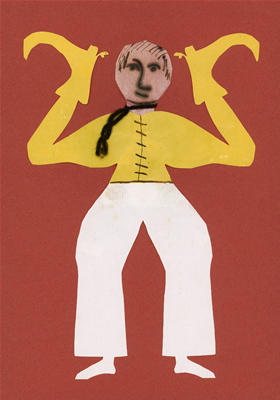Last and sixth novel by Hans Christian Andersen, Lucky Peer, differs from previous novels by appearing more like a long fairytale in novel format. Lucky Peer is realistic with a philosophical conclusion. The novel does not, like previous novels, include flashbacks and subplots with leitmotifs, but has a linear development where the poor boy who aspires to become an artist unfolds himself as a composer, writer and singer. This shows how Peer becomes lucky through art.
Summary
The novel portrays Peers life from birth through struggle in school to success before his death. Peer and the reader are assured from the start that his life and luckiness go hand and hand. Peers life is filled with luckiness, but he doubts it for a short period. Peer only face real hardship for a time in his school, but he finds happiness in a brief romantic relationship with a pharmacist’s daughter. The reader, through Peer, learns more about what art is to the born artist. The view on art is clean and aesthetic. Peer is, however, not able to do away with his social heritage as a born artist.
Publication
Lykke-Peer was published for the first time on December 11. 1870. (Pictured above is a paper clip by Hans Christian Andersen – Copyright Odense City Museums – Reproduced with permission.)

